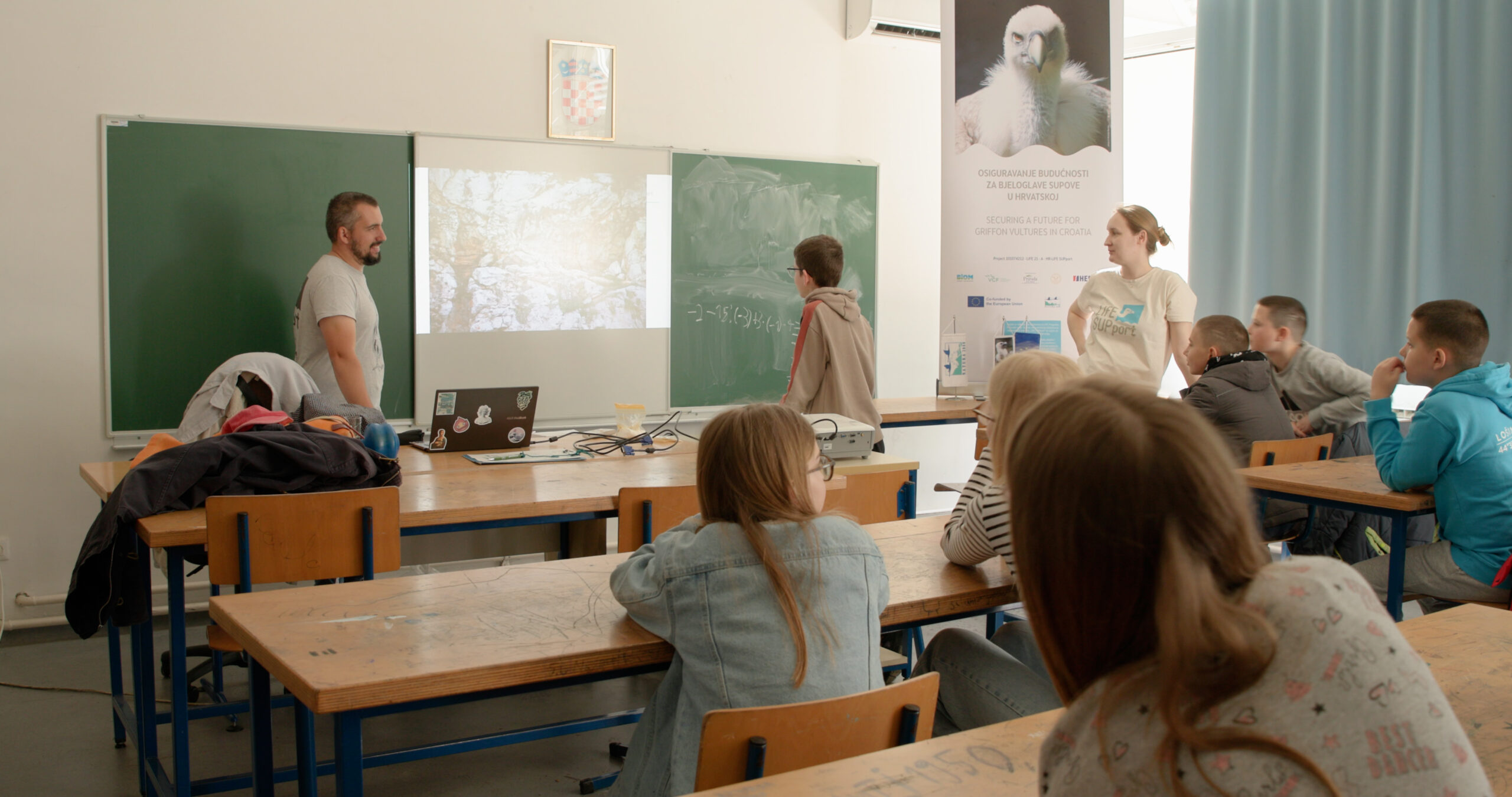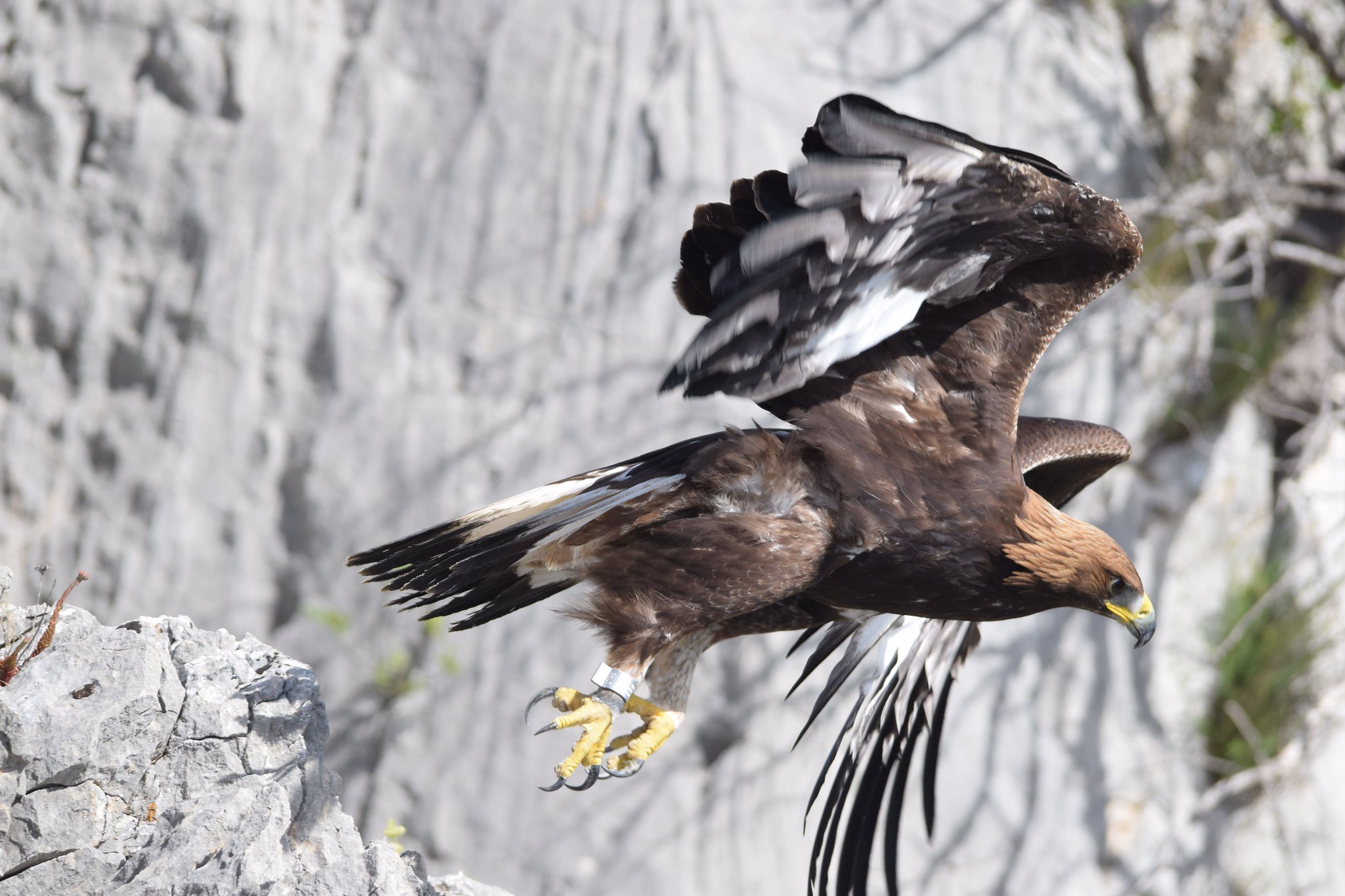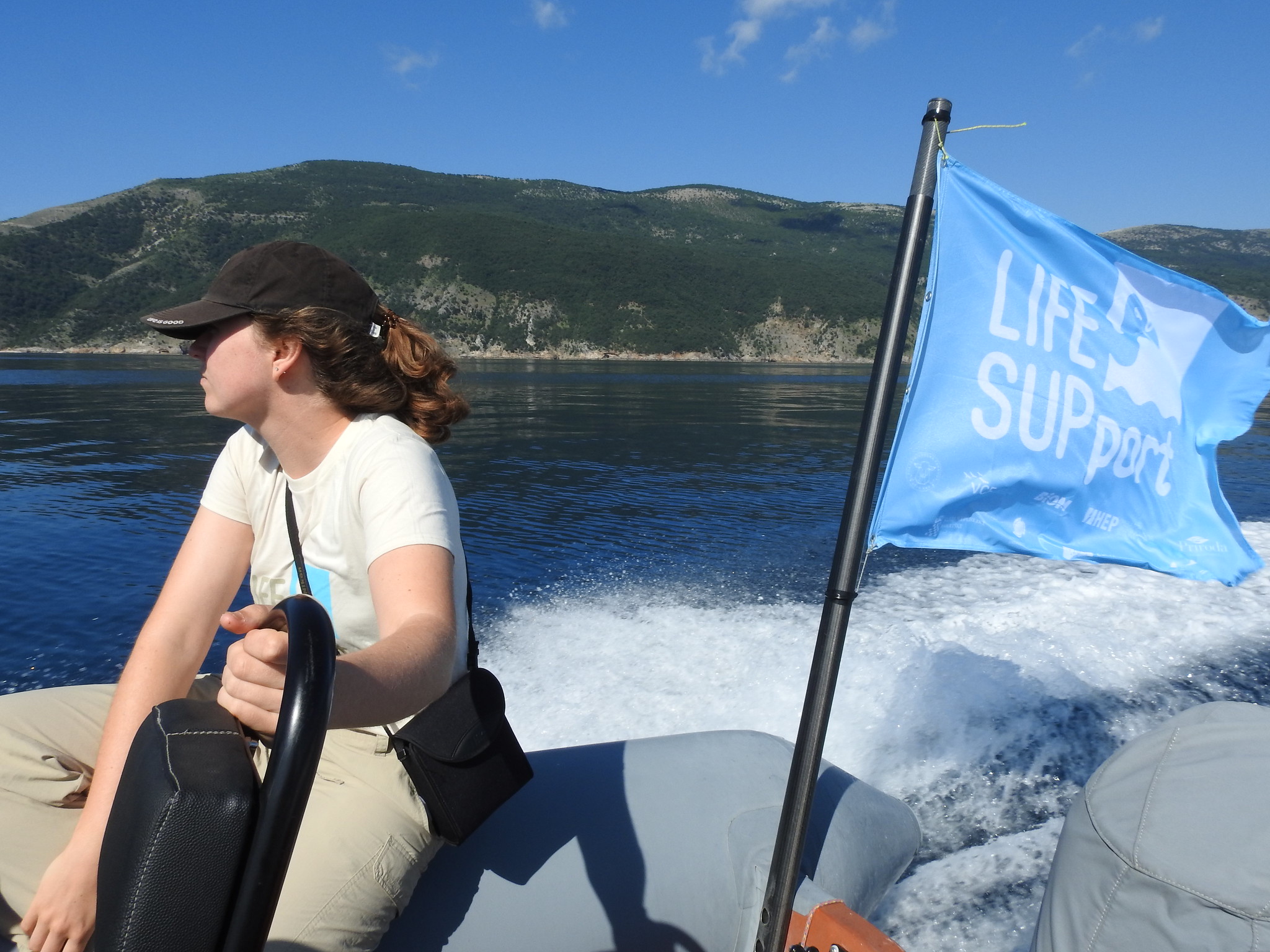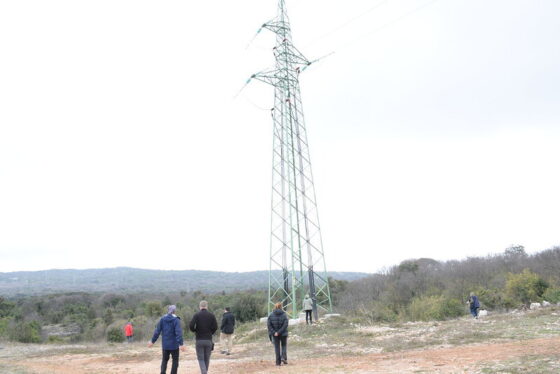
As part of the LIFE SUPport project, Biom Association in cooperation with HEP-Operator Distribucijskog Sistema d.o.o. (HEP ODS) and Elektroprimorje continues to actively protect birds from suffering on poles of the medium voltage network due to electrocution or electric shock, with a special emphasis on the Griffon Vulture. The LIFE SUPport project is focused on the Kvarner area, where there are the only nesting sites of Griffon Vultures today in Croatia. In order to help preserve this bird species, for which the Kvarner Islands are widely recognized, Biom’s team was joined by valuable volunteers from the project area, who decided to contribute to the project’s goal through field tours of risky poles and power lines for the purpose of monitoring bird deaths.
What is bird electrocution?
Electrocution of birds is a serious environmental problem that is increasingly being researched and tried to be solved around the world. The sprouting of numerous transmission lines created points that birds use as resting places or observation points in search of prey during hunting.
The cause of electrocution of birds is their often unintentional and/or unconscious contact with electric lines. When landing or inspecting the terrain from a power pole, the bird touches uninsulated cables and closes the circuit with its body, causing serious injuries or even death. In addition to individual losses, the electrocution of birds can also have wider ecological consequences, continuously reducing the populations of certain species. Species with a larger wingspan are particularly endangered, and the Griffon Vulture, as the largest bird species in Croatia with a wingspan of 240 to 280 cm, is the most endangered by the threat of electrocution.
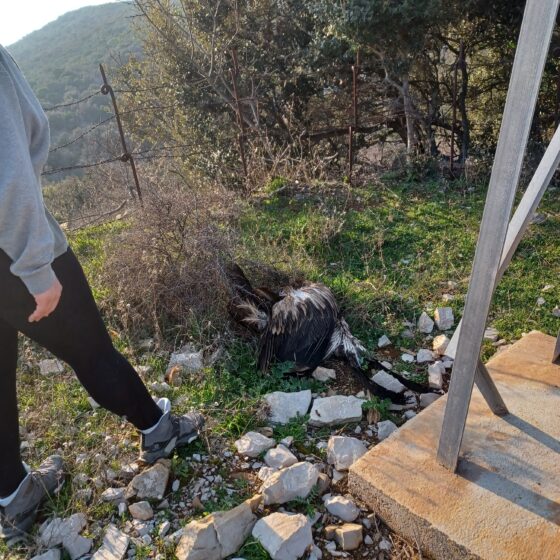
In order to reduce the electrocution of birds, it is necessary to implement various protective measures. This includes better planning and design of electrical lines and installations to reduce the risk to birds, introduction of protective measures (mitigation measures), as well as regular maintenance and monitoring of existing infrastructure. Educating the public about this problem is also crucial, in order to increase awareness of the need to protect birds near electrical installations.
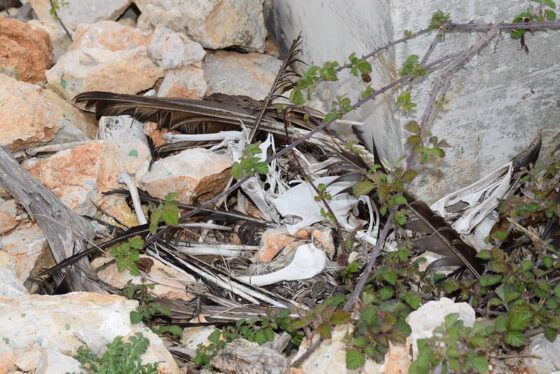
With the cooperation of scientists, competent authorities, electricity distributors and nature conservation organisations, it is possible to develop methods, strategies and policies that will reduce the electrocution of birds and ensure the preservation of their populations and habitats. A comprehensive approach and engagement are key to solving this important environmental problem.
Involvement of local volunteers in the project
During 2023, the Biom Association held two trainings on the topic of electrocution of birds. The workshops took place on the island of Cres with the help of the staff of the Visitor Center and the recovery center for Griffon vultures “Beli” in the town of Beli. Training participants were residents of the project area, who underwent theoretical and field training in order to gain a detailed insight into the methodology of monitoring bird casualties due to electrocution.
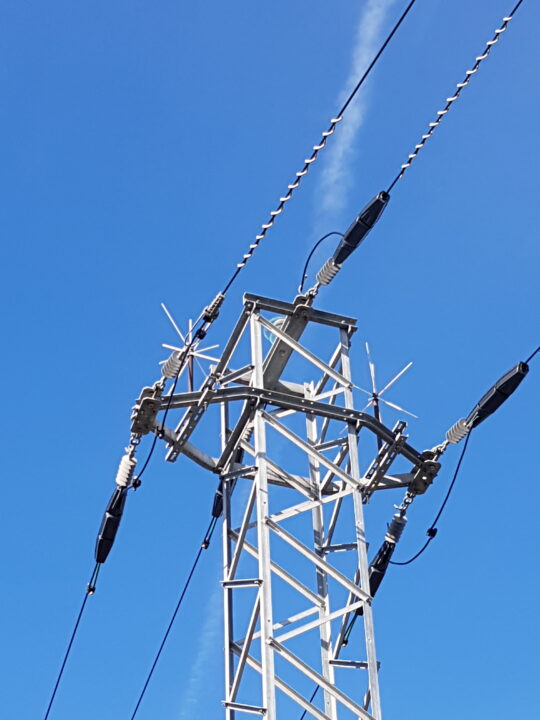
At the beginning of 2024, volunteers started independent field trips in search of vultures and other birds that died due to electrocution. Potentially risky transmission lines and individual poles across the island of Cres were the first area of the tour. The locations of such pillars were obtained through previous research conducted by Biom Association on the island of Cres and with the help of spatial data provided by HEP ODS.
Research results
Although part of the inspected poles already contained some of the established protective measures, several dead birds were found – ravens and griffon vultures. In addition to these species, through the monitoring carried out in previous projects, the deaths of seagulls, crows and several common buzzards were recorded. It seems that the protections installed on some of the poles on Cres have worn out, and dangerous cables were exposed, which the unfortunate birds touched and paid the highest price.
Plans for the future
On the island of Cres, there is a smaller part of potentially dangerous transmission lines/poles that will need to be inspected in the near future. Also, new data was obtained from HEP ODS, the processing of which determined potentially risky poles on the islands of Krk and Učka. It is planned that Biom’s volunteers will soon be at these grounds to monitor casualties, and by the end of the project, the goal is to rehabilitate and install protective measures on additional 200 potentially dangerous transmission poles.
Translated by: Tihana Goričnik




